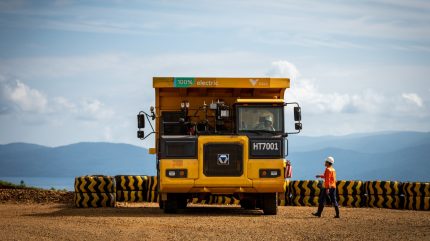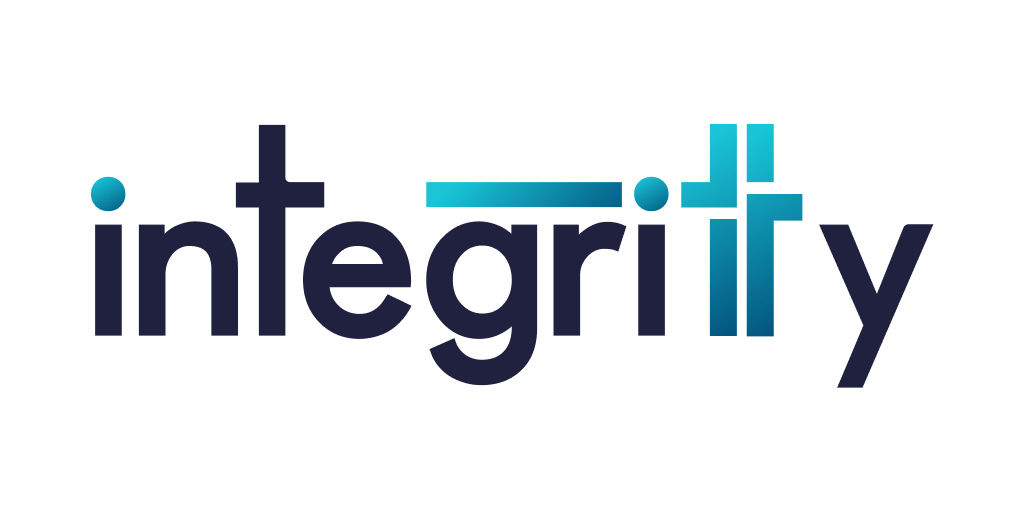
With decarbonisation high on the agenda, and challenges surrounding the seemingly insatiable demand for high-quality metals and critical minerals to drive global electrification initiatives, the mining industry is under intense pressure to ramp up production whilst simultaneously reinventing itself in line with ambitious sustainability targets.
This year’s FT Mining Summit and the MINExpo International show in Las Vegas, brought members of the global mining industry together at a time of great change. One crucial area of focus for many businesses is the development of decarbonised operations, including the electrification of their off-highway vehicles.
A recent report into the mining industry by management consultancy Vendigital examined the many challenges facing the global mining businesses. These include: how to meet global demand for critical minerals; how to keep up with continuously developing technology; how to create a fully trained workforce; and how to incorporate environmental, social and governance (ESG) principles across their operations.
As a result of these competing, multifaceted challenges, there has been an increase in M&A activity in the sector, including the divestment of assets and recalibration of portfolios, to help the industry to keep pace with the rapid changes that are underway.
Achieving decarbonisation through mining fleet electrification
Governments around the world are accelerating the push towards sustainability, and the mining industry is responding proactively.
However, long-term change programmes are never simple, and there is plenty for businesses to consider as they embark on their own net-zero journeys and focus on mining fleet electrification.
Access the most comprehensive Company Profiles on the market, powered by GlobalData. Save hours of research. Gain competitive edge.

Your download email will arrive shortly
We are confident about the unique quality of our Company Profiles. However, we want you to make the most beneficial decision for your business, so we offer a free sample that you can download by submitting the below form
By GlobalData
Where the mining industry is looking to decarbonise its own operations, businesses embarking on the fleet electrification will have to carefully consider how to meet this enormous upfront capital investment, which will be intensified by further costs related to engineering, maintenance, training and the construction of charging infrastructure in remote locations.
Of equal importance is the commercial and ownership model of electrified fleets, for example, if it is ‘owned’ or ‘hired’. This will inform the level of investment required at planning stage, with consideration required on different tax implications associated with utilising capital expenditure (capex) or operational expenditure (opex) and how it is accounted for.
The sheer scale of operations and size of mining vehicles brings a unique set of challenges. These are compounded by the inherent health and safety requirements associated with mining operations.
When it comes to essential electric vehicle (EV) technologies, there are few established products or processes to build upon. As such, businesses must collaborate with the supply chain to accelerate new product development, onboard capability and mitigate the risk of supply disruption on the path to decarbonisation.
Embracing circularity in mining

Credit: Khanchit Khirisutchalual / Getty Images.
Mining companies must remain engaged regarding their contributions and impact to the circular economy, particularly given the potential shortages of key and critical minerals driven by the growing demand from the renewables and EV sectors.
Understanding the distribution of demand across different technologies, as well as the available supply of these raw materials through recycling schemes, will determine the future of mining operations, the continued calibration of portfolios and inform the on-going development of future technologies.
In addition, the increasing role that data and AI plays in the green transition should not be underestimated.
From offering transparency through the value chain, adherence to regulatory and compliance requirements, such as export controls, battery passports and warranties, forecasting energy production, grid maintenance and predictive maintenance, through to the monitoring of battery performance – AI and data centres serve to improve and optimise greener technologies.
However, the required infrastructure for data centres and training AI can also be carbon intensive, and alternative sources of fuels are being actively explored to decarbonise this space.
Ultimately vertical collaboration is called for with organisations across mining, processing, manufacturing and recycling to improve understanding of demand, supply and the carbon load required, to decarbonise and achieve a successful green transition.
Mining’s path to net zero
As geopolitical factors continue to be both hinderances as well as motivators, these must be tempered to enrich unfettered knowledge-sharing and accelerate product development by working with countries such as China, which embarked on its green transition decades earlier.
With so much of clean technology reliant on Chinese manufacturing capabilities, government-imposed tariffs and sanctions only serve to slow down and complicate the road to net zero.
For the mining industry, decarbonisation and greater operational efficiency at a time of increased capacity can bring significant benefits. However, with technologies still evolving, especially in fleet electrification, it may be some time before businesses see a return on their initial investment.
Regardless of the cost, the ambition across operators and OEMs is clear, and the competition to decarbonise is energising the mining industry towards a new era of change. With many examples of successful collaborations emerging, there is no doubt that the industry can achieve greener and cleaner operating environments.

About the author: Sheena Patel is director and EV sector specialist at Vendigital.




